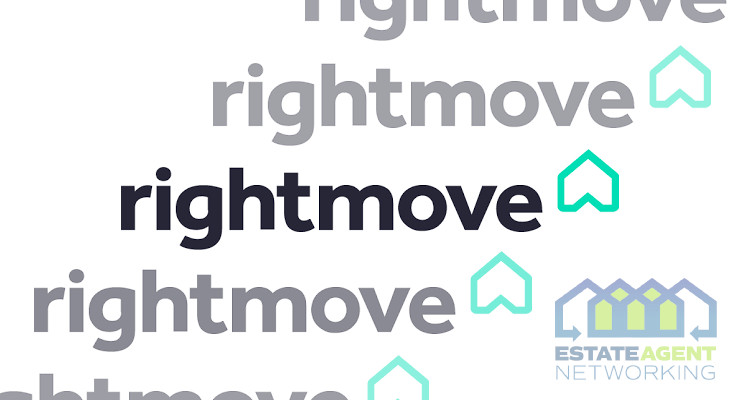Rightmove House Price Index: Sixth price record but market cooling from boil to simmer
- Price of property coming to market hits sixth consecutive record of £369,968, up 0.4% in the month (+£1,354):
- New first-time buyers face record prices and rising interest rates, meaning that their monthly mortgage payments are now 20% (+£163) higher than the start of the year
- More buyers may lock in longer mortgage terms to bring more certainty to their outgoings, especially as lenders are now offering virtually the same rate for either two-year and five-year fixed mortgages
- Rightmove revises full-year 2022 house price forecast up from 5% growth to 7% despite cooling market, as record low stock volumes struggle to recover enough to meet buyer demand, though there are signs of this improving:
- Number of new sellers coming to market is up by 13% compared to this time last year, although available stock is still 40% down on June 2019’s levels which will help to underpin prices
- Demand to move is coming off the boil but remains high despite economic and political uncertainty:
- Buyer demand is up 26% on June 2019’s levels, though down 7% on last year’s frenzied market
The average price of property coming to market sees a sixth consecutive record this month, rising by 0.4% (+£1,354) to £369,968. A continuing desire to move and low numbers of homes for sale are driving further price growth even at a time when personal finances are becoming increasingly stretched. Buyer demand continues to exceed historically normal levels and is now 26% higher than at the same time in 2019, although down 7% on June 2021. There are signs of the seriously depleted stock situation improving, with the number of sellers up by 13% compared with this time last year, but the number of available homes for sale is still 40% down on where it was in 2019. This significant shortfall from more normal stock levels will help to underpin prices this year, as there are simply not enough homes coming to market to correct the balance between supply and demand. The slow rate of stock recovery has led to Rightmove revising its 2022 price forecast, with 7% annual growth now expected by the end of the year across Great Britain, up from our 5% forecast at the start of the year.
“Having more new sellers this month is a win-win for the market, as these sellers will likely achieve good prices for their homes given the sixth asking price record in a row that we’ve now seen, which may help to explain the increase in new stock coming to market over the last year. For those looking to buy, it means more choice, and a slight easing in competition against other buyers while the market is still moving very quickly. In the current fast-changing economic climate, those looking to buy who find a suitable home they can afford, may choose to act now rather than wait. While more choice is welcome news, the number of homes available remains well below the more normal levels of 2019 and is unable to satisfy the continued high demand that we’re seeing. Though a softening in demand is moving the market from a boil to a simmer, it remains 26% up on 2019. With such an imbalance remaining between supply and demand, prices look underpinned, and we would therefore only expect typical smaller seasonal month-on-month falls, rather than more significant price falls in the second half of the year. This has led to us revising our annual price growth prediction for the end of the year from 5% growth to 7%, although this would still mark a slowing from the 9.3% seen this month.”
Tim Bannister Rightmove’s Director of Property Science
Interest rate rises and record prices mean that the average first-time buyer monthly mortgage payment for someone taking out a two-year fix is now 20% (+£163) higher than at the start of the year, now standing at £976 per month. Demand is likely to return to more normal levels in the second half of the year due to the rising cost of living and affordability concerns, however the prospect of further interest rate rises may drive some to act now to lock in a longer fixed-term mortgage rate. This is even more likely because the gap between interest rates for shorter and longer term mortgages has been closing in recent years, and they are now virtually the same. For example, the average interest rate for a 75% loan-to-value mortgage is now 2.9% for either a two-year or five-year fixed deal. Historically lenders offered a lower rate on a two-year fix, with a difference of as much as 1% between the two deals over the past five years.
“The challenges presented by rising interest rates and the cost of living will no doubt have an effect throughout the second half of the year, as some people reconsider what they can afford. However, there is also anticipation among would-be home-movers that personal finances may become even more stretched in the coming months, with further interest rate rises expected and the energy price cap jumping again in October. Given the political and economic uncertainty at the moment, those who want to move this year, particularly first-time buyers, may seek some financial certainty by locking in longer fixed-rate mortgage terms now before their monthly outgoings increase again.”









